For Torontonians looking to escape the heat and soot of Industrial-era Toronto there was no better place than Lorne Park.
In the late 1800s the City of Toronto was bustling. The Industrial Revolution had arrived in Hogtown and with it factories, distilleries, and meat processors.
On weekends, workers and families sought to escape the smoke and heat of the city by hopping on steamers for a day’s trip down the shoreline of Lake Ontario.
On May 24th 1879 – Queen Victoria’s birthday – a consortium of businessmen opened ‘Lorne Park’ their new 75-acre pleasure grounds about a 90-minute cruise west from Toronto Harbour.
Named for the newly installed Governor General (and son-in-law to the Queen), John George Edward Henry Douglas Sutherland Campbell, the Marquess of Lorne, Lorne Park boasted merry-go-rounds, swings, a bowling alley, billiard parlour, ice cream parlour, restaurant, bar and a music pavilion from which Professor Stratham’s brass band, and Professor Marciano’s full string band performed on opening weekend.
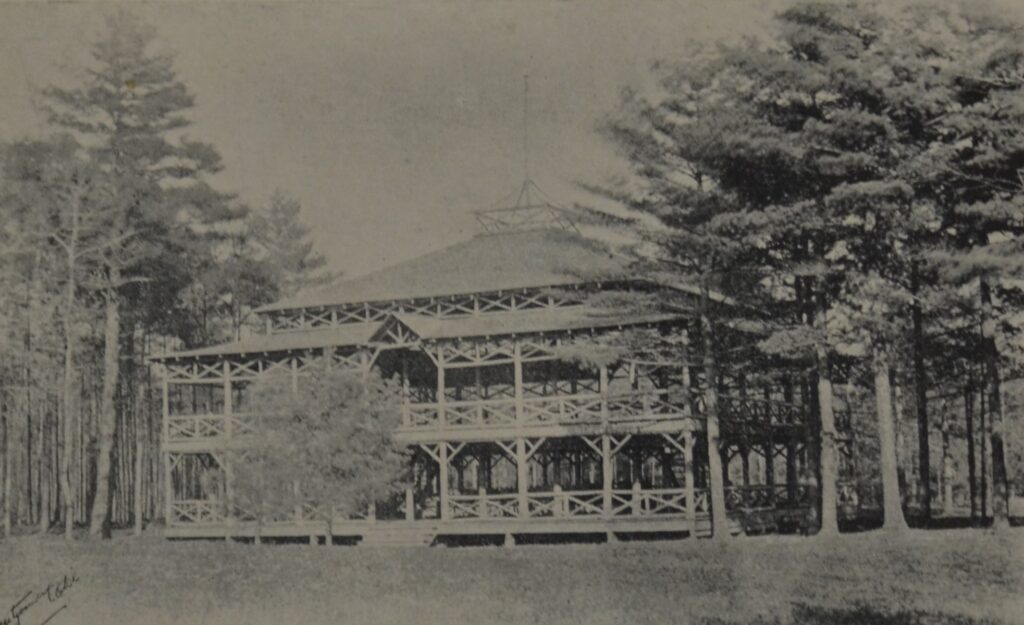
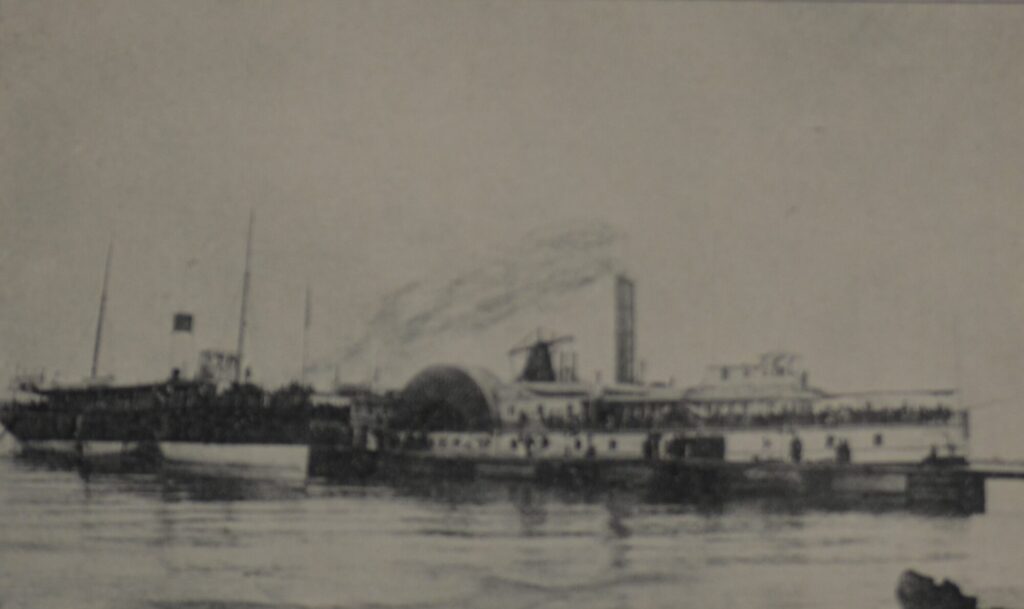
A round trip and ticket to the park cost 25 cents; 15 cents for children with people travelling on the Armenia, Picton and Empress of India steamers.
It was reported that over 8,000 people attended Lorne Park on that opening day, while an additional 1,000 local people from Port Credit and Clarkson travelled in by buggies and wagons.
The Park boasted a kilometre of lakefront, followed by a small clearing for buildings and games, and thick woods of oak, pine and cedar.
Despite Lorne Parks popularity, the original owners struggled to make a profit and in 1886 they sold it to a new group of investors, known as the Toronto-Lorne Park Summer Resort Company.
Among the investors was James Bellingham Boustead, a Toronto entrepreneur, municipal counsellor and active member of the city’s Temperance League, and architect Edmund Burke, who designed the Robert Simpson flagship store at Dundas and Queen Street, the Jarvis Street Baptist Church and later in life, the architectural features of the Bloor Street viaduct.
For the Park, Burke redesigned the existing hotel, relaunching it as Hotel Louise in 1889, named for Princess Louise, daughter of Queen Victoria and wife of the Marquis de Lorne.
While newspaper reports detail the fun and frivolity of Sunday school picnics and Canada Day celebrations, behind the scenes, Burke and the other investors struggled to turn a profit serving day-trippers and vacationers.
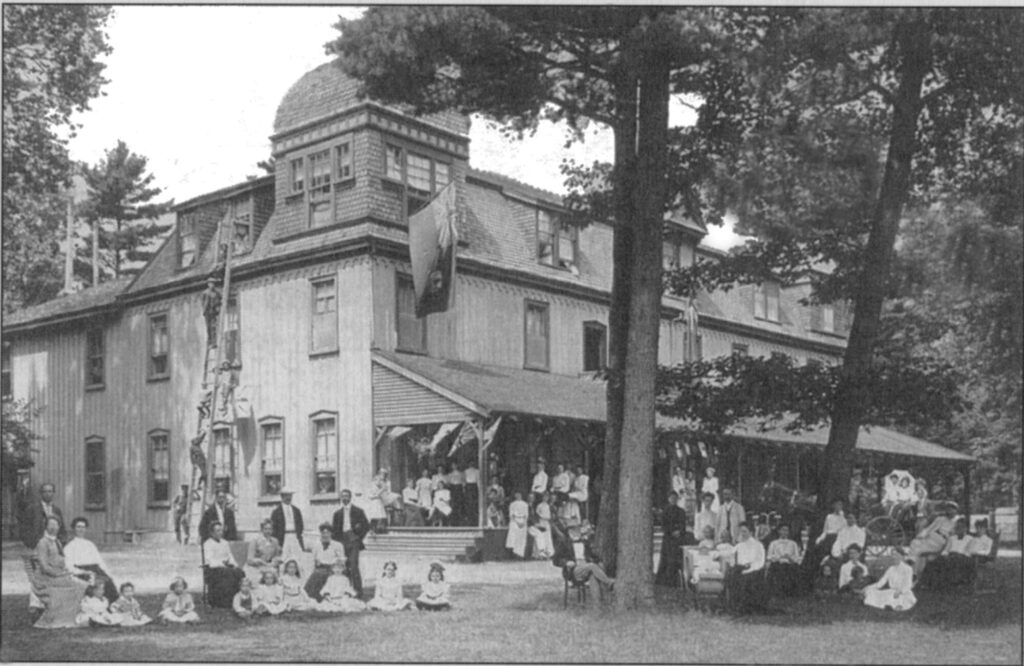
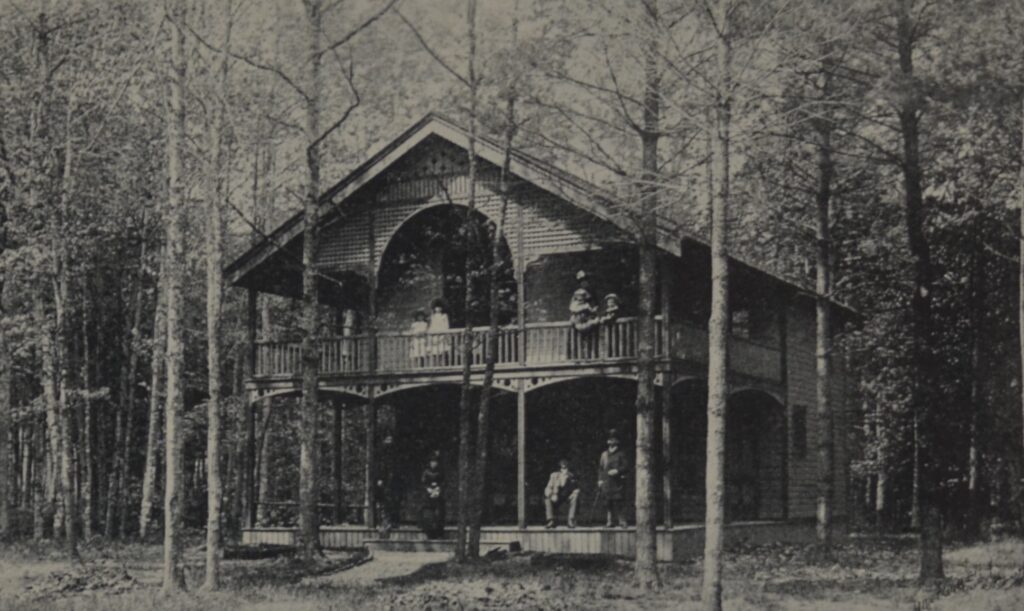
To address that Burke designed 27 cottages, many of which featured wrap-around verandahs and second-floor balconies for well-to-do Torontonians. These cottagers outfitted their summer homes with beautiful hand-carved furniture, fine china and decorative rugs and families brought both swimming outfits and formal wear for evening events at the Hotel.
Almost all the families owned boats, the children swam in Lake Ontario, and there were tennis courts, a baseball diamond and lawn bowling. A community was beginning to take shape.
Over the next few decades the Park would cycle through a few ownership groups. In 1891 there was The Lorne Park Company Limited, and between 1905 and 1910, the Park was closed to the public. In 1909 ownership was transferred to The Lake Shore Country Club, which converted the Hotel Louise into the Lakeshore Country Club.
Then between 1912 and 1914, ownership and control of the Park ended up before the courts, which ruled cottagers would own their individual lots through the Lorne Park Cottagers Association, sharing the cost of the Park’s upkeep.
By 1919, change was once again in the air led by Mary Louise Clarke, daughter of early investor James Boustead, who, with five other cottagers, designed a new cooperative ownership structure that they called Lorne Park Estates.
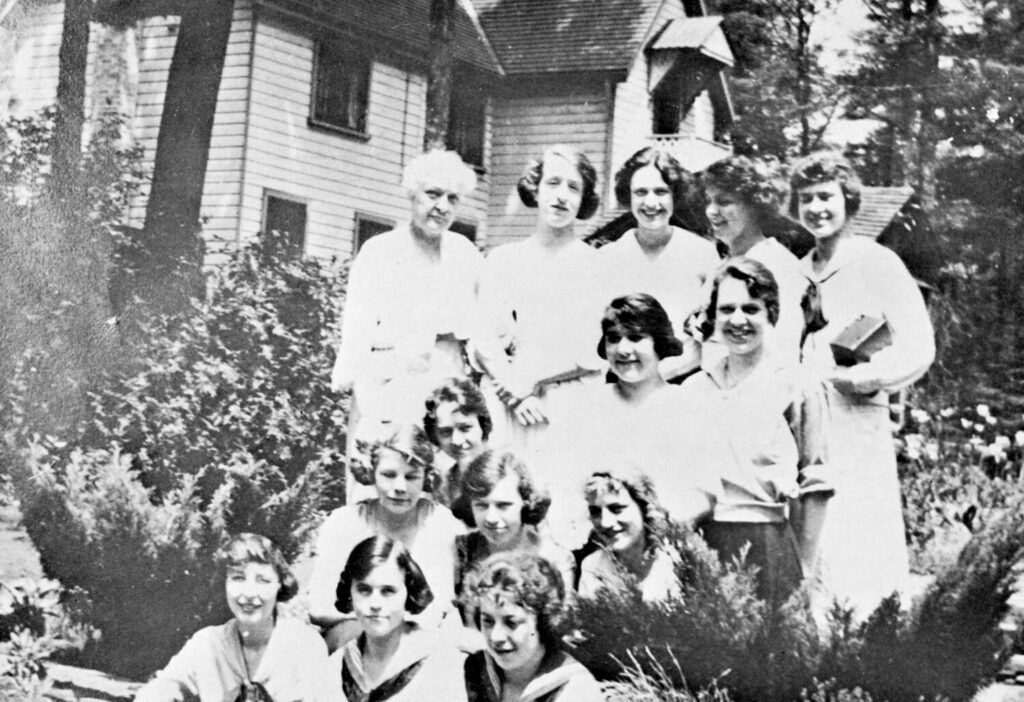
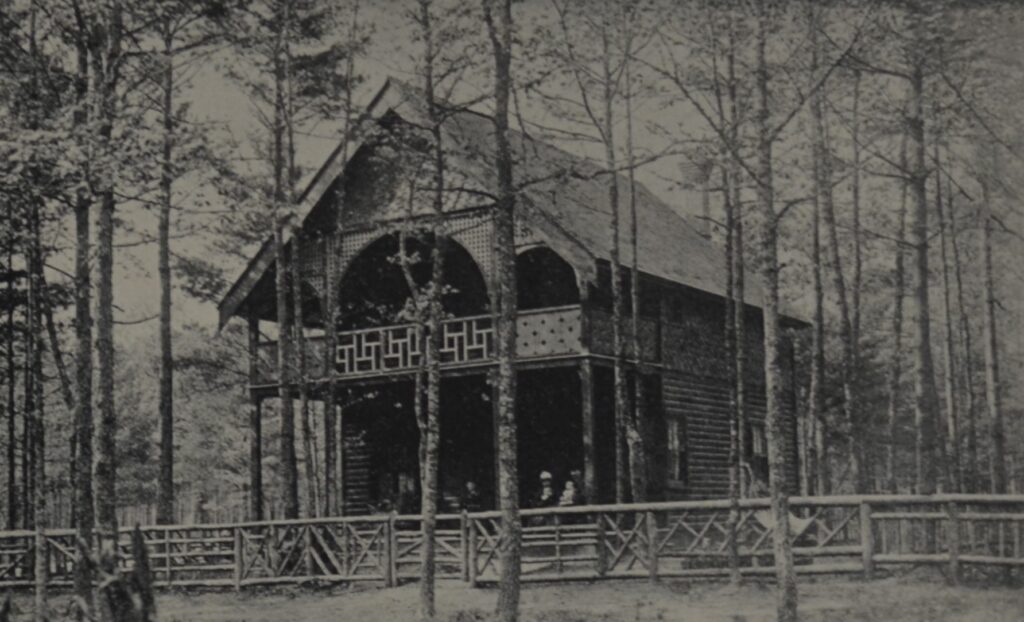
Clarke bought the Park’s unsold lots to cover the company’s debts and even after her death in 1931, her estate continued to pay the Park’s annual fees on those undeveloped properties until 1948 when the Lorne Park Estate Association was formed, granting control of the park lands to cottage owners.
Today Lorne Park Estate Association continues to cooperatively govern and manage this unique private community within the City of Mississauga. Located south of Lakeshore Blvd, on the east side of Jack Darling Park, Lorne Park Estates is marked with a white picket ‘Lorne Park Estates, private road’ sign in the middle of the road at the entrance to Tennyson Avenue.
While residents own their multi-million dollar house lots, the Lorne Park Estate Association owns the rest of the 80 acres of the Park, including 42 acres of woodlands, which is home to 200 species of birds, 300 different plants and wildflowers, three creek beds and marsh areas, a tennis court, skating ring, playground and three kilometres of trails.
For close to 150 years Lorne Park Estates has cultivated one of Mississauga most unique and exclusive communities and in doing so has helped build this city.
